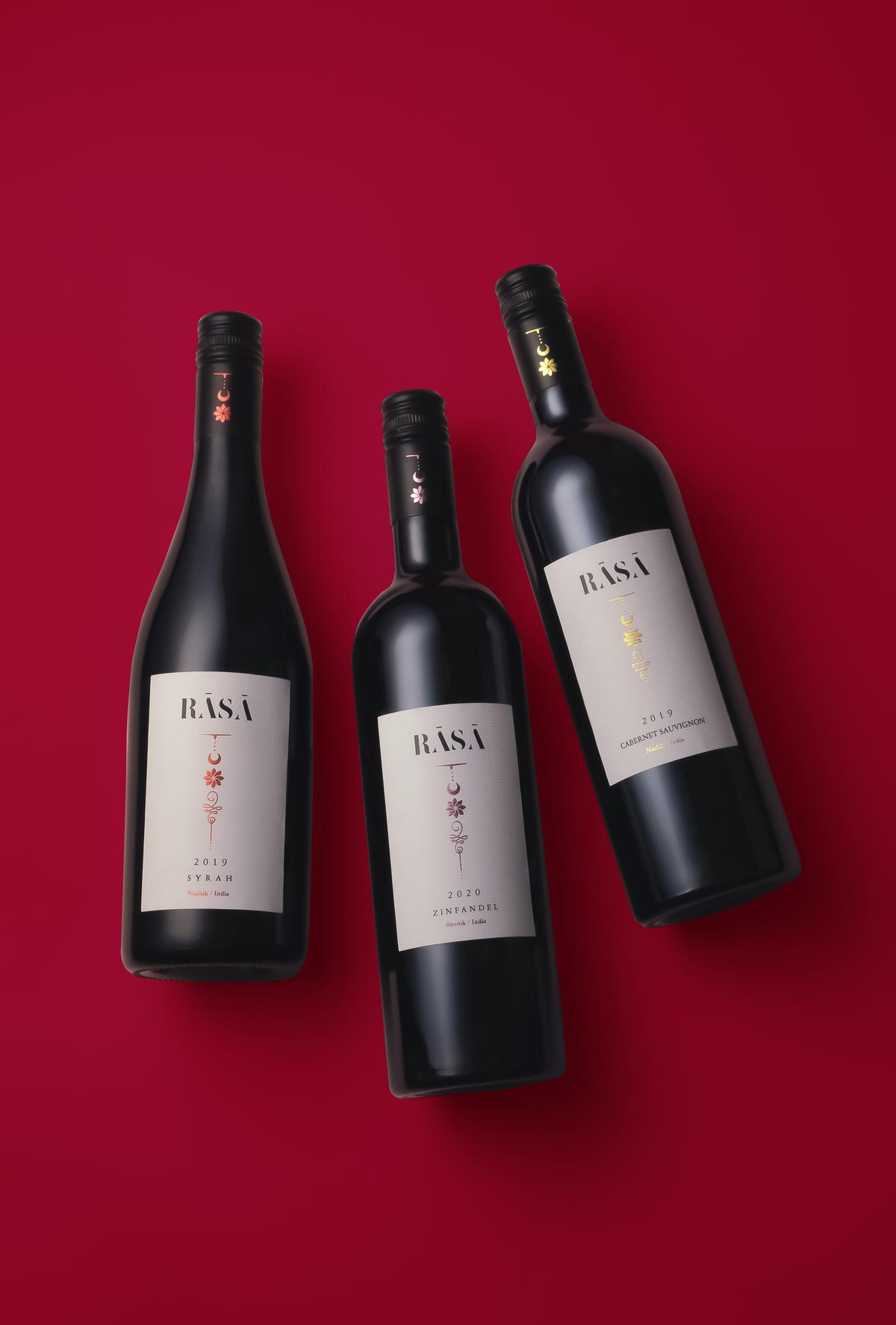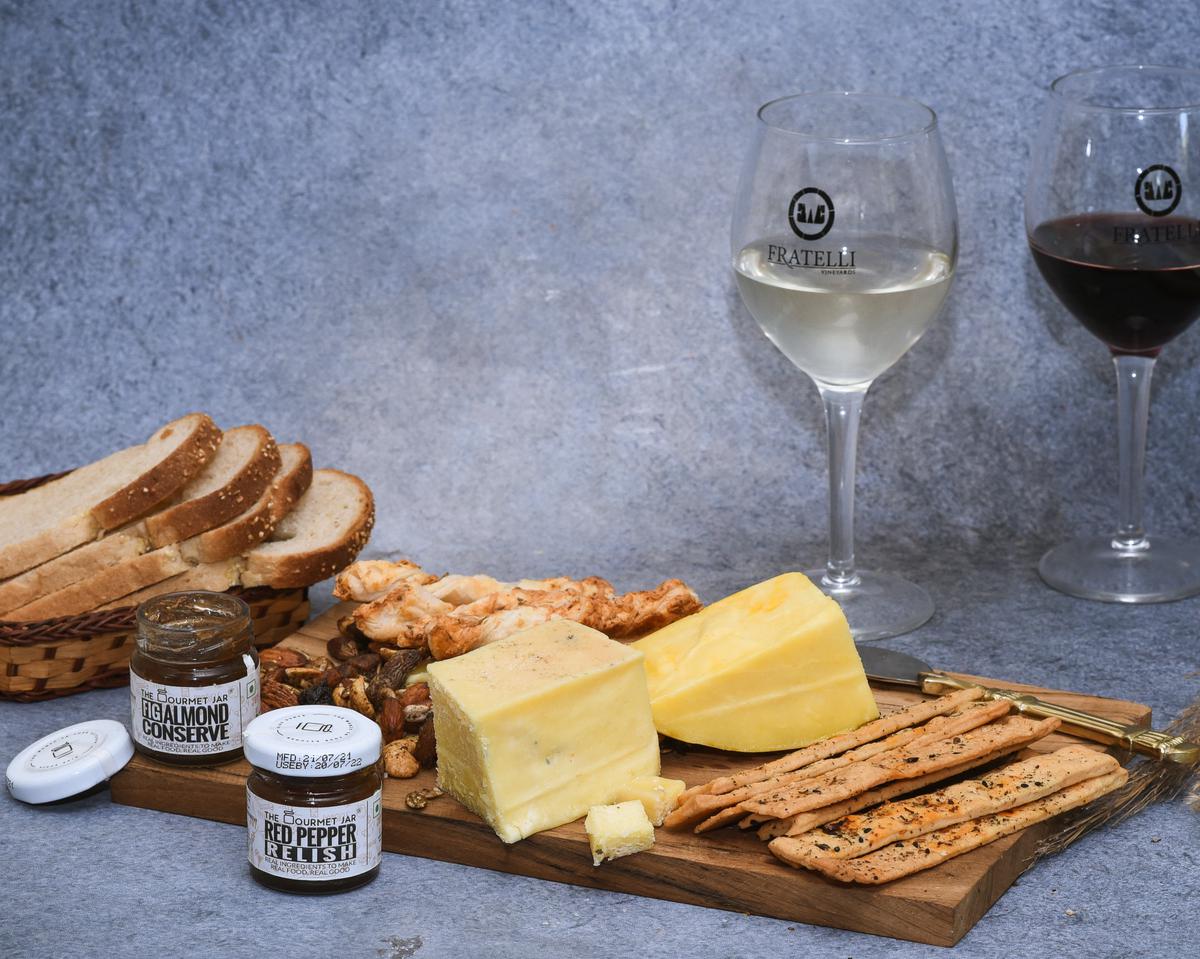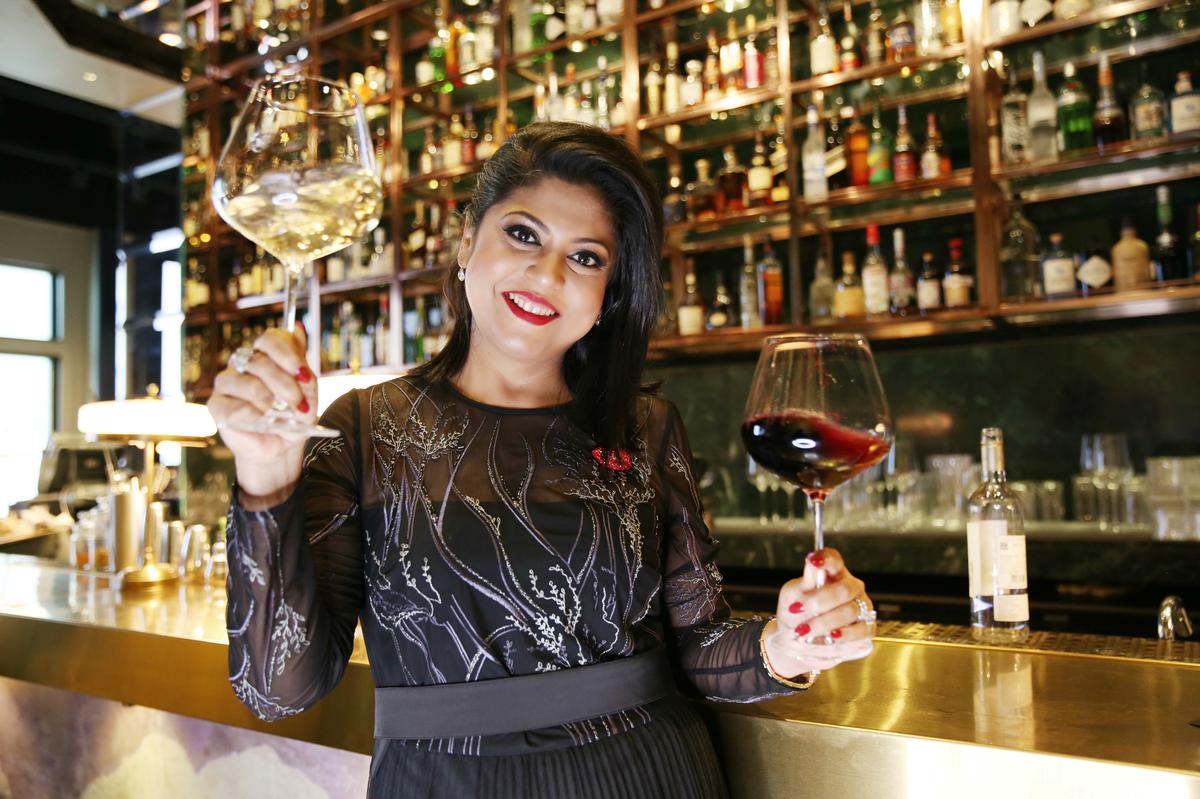As young Indians see acceptability, affordability and sustainability in their wine choices, local brands and vineyards respond, eliminating snobbery with cans, easy-drinking spritzers and Syrah rinsed cheeses
As young Indians see acceptability, affordability and sustainability in their wine choices, local brands and vineyards respond, eliminating snobbery with cans, easy-drinking spritzers and Syrah rinsed cheeses
The age of Indian wine is coming, and how. Indian viticulture saw a resurgence during the pandemic as consumers searched for wine to drink on their couches through the lockdown and then, through last year’s domestic dinner parties.
As brands innovate to appeal to new consumers, alcohol sales have seen a boom, with pandemic restrictions being lifted across the country, which is good news for an industry that thrives on festive occasions. According to a recent report by Technavio on a global scale, with a rosé renaissance, a focus on sustainability and a growing base of enthusiastic consumers, the industry is expected to grow to $274 million by 2022 with a 29.3% year-on-year growth. Research and consulting company. “There has been a steady increase in the consumption of alcohol at retail and at home during the last two years; Currently, about 3/4 of our sales are off-trade, and only 1/4 is on-trade,” explains Chaitanya Rathi, COO, Sula Vineyards, headquartered in Nashik.
off with alcohol
At Fratelli Wines, located in Akluj, Maharashtra, home delivery in the state pushed sales during the 2020-21 lockdown, but, “once the stores opened, we saw people across the board, sifting through the wine selection Love to browse and come back to the big stores,” says Jayant Bharti, DGM, Marketing, Fratelli Wines. The All India Wine Producers Association, headed by Jagdish Holkar, has benefited from the rationalization of excise and duty in Maharashtra and West Bengal, but the industry wants a separate category for wine in the excise dictionary.
Noi Sparkling Rose
“Wine may be removed from the Indian Made Foreign Liquor (IMFL) category, and giving us a separate bracket would be good for business. Currently most of our sales come from the state of Delhi, Mumbai, Bengaluru and Goa, but removing inter-state barriers will be key in making Chennai, Hyderabad, Kolkata and other cities also big liquor markets,” says Holkar.
Sonal Holland, master of wine and founder of the Sonal Holland Wine Academy, which offers online courses in wine appreciation and education, is excited about the industry’s prospects in 2022. “Earlier, the Indian wine industry relied on international tourists to drive consumption, but that is changing. Enrollment of wine education courses among Indian consumers has also increased by 200 percent. Single serve wines are now popular, pocket and palate But are easy. We’re also seeing an uptick in demand for rosé, the fastest growing category in the market. Once considered a feminine, brunch staple, rosé is now the gender-neutral beverage of choice in its still or sparkle version ,” she says.
Fratelli Wines focused on wine education within the hospitality industry in Tier-2 and Tier-3 cities, during the pandemic, over the past two years. Gaurav Sekhri, MD, Fratelli Wines says that he too has seen rosé flying off the shelves. “First-time drinkers usually start with white wines, as they are easier on the palate, and reds with their tannins provide a drier mouthfeel. Rosés are characterized by the reachability of whites and the flavor complexity of reds. Works well with us.Our Shiraz has been very popular at ₹800 a day and ₹1,250 a day (Maharashtra).

Gregoire Worden – Sula
The brand’s Noi Sparkling Rose (₹980 in Maharashtra) in a blush decorative bottle, which was launched in early 2022, is doing brisk business. The company’s Tilt Vertical is sold in single-serve cans – its white red, bubbly, bubbly rosé and noi spritzer variants are popular for all-day drinking – lighter than a bottle, and lighter on the pocket, starting at ₹180 . “With 8% ABV (the alcohol content in a drink by volume) spitzers are milder than wines and can be used on their own or even as a mixer with gin or vodka,” says Sekhri. are great.”
the art of aging
Grover Zampa, one of the oldest winemakers in the country, with vineyards in Nandi Hills, Karnataka and Nashik, Maharashtra, navigated the pandemic in December 2021 with the launch of its Signet Collection, premium reds aged in traditional European vessels A range of wines, one for the first winners. Signet is India’s first wine range that is aged in foudres, amphoras (two-handed vessels with a neck narrower than the body, used as decanters in ancient Greece), and in concrete tanks. While the brand uses Italian steel tanks for its wine processing, the Signet range uses different clay materials traditionally used in Europe, which interact differently with the wines, creating a unique mouthfeel and Offers tasting notes.
Bringing wine to the table was an uphill climb during the pandemic, with pandemic restrictions in place during the April-June harvest season in 2020, and imports of special aging vessels halted. Sumit Jaiswal, AVP, Marketing and Exim, Grover Zampa, explains, “With wine being a live liquid, we had to be mindful of the time spent in tanks and bottles, allowing sommeliers to do our bit to deal with the logistical challenges. were allowed to do.” ,
Signet Spectrum is a dry red wine: a blend of Shiraz, Sangiovese, Cabernet Sauvignon, Cabernet, Franc and Muscat grapes, hand-picked from the brand’s vineyards, fermented and aged for 12 months in solid egg-shaped tanks Huh. Signet Shiraz (Amphora), is fermented and aged for 12 months in terracotta clay amphoras. The porous structure of the terracotta clay allows for micro-oxidation that helps soften the tannins, giving a deep and rich structure without the added flavor. Other wines under the Signet umbrella are fermented for 12 months in 2,000 liters and 1,000 liters French oak foudres (large vats of wood popular in the Rhone Valley of France, much larger than typical oak barrels), Signet Shiraz (24 months French barriques). Ripes for 24 months in 225 liter French oak barrels, and 12 months in bottles.
Nikhil Aggarwal, Sommelier and Founder, All Things Nice, said, “Indian wineries are bringing out high quality, high-end wines, and the signet is very impressive, the kind of treatment Grover has received at Zampa.”

Rasa by Sulas
Rasa was also launched from Sula Vineyard in Nashik in the year 2021. Inspired by Sulabha, the mother of founder Rajiv Samant, Sula was founded in 1999. While Rasa has been in existence since 2007-08, along with Dindori, The Source and its Classics brands, “With Rasa in September 2021, we went with a complete revamp – from identity to winemaking. We currently have three variants- We are working on making Cabernet Sauvignon, Syrah, Zinfandel, available across India,” says Gregoire Verdin – Global Brand Ambassador – AVP Testing & Marketing, Sula Wines. With a significant increase in D2C (Direct to Consumer) sales, Sula Wines is enthusiastic about its new consumers, “Many Indians have rediscovered Indian wines because of the lack of imports, and they understand that Indian wines are just as good and quite often better than imported.”
While the wine lifestyle appeals to the upwardly mobile, young oenophiles, brands like Fratelli are enhancing the wine experience with Asia’s first wine-inspired cheese selection, created in collaboration with KS, an artisan cheese brand based in Chennai. has gone. A2 Cheese made from cow’s milk, wrapped in Sangiovese vine leaves or washed in brine filled with alcohol, then aged. “While we have received a warm welcome to our first wine-inspired cheeses, we are excited for the new launch,” says Sekhri. Barrel aged feta and smoked provolone, all available separately at ₹465 for 150g, or preserved as a common jalapeno spread and a raspberry. Part of the morning, evening or brunch platters available on the Fratelli website. ,
pricing pivot
India’s leading wine brands have launched a range of wines during the pandemic, which differ in both treatment and price points, Agarwal is upbeat about the Indian wine industry, “The Indian wine industry has come a long way in a relatively short period of time. Made, making some exceptional wines. While the ₹1,000-1,300 bracket does very well, there are high-end wines like Rasa that sell for close to ₹1,800 and there is a market for that range as well. Madhulika Bhattacharya Dhal, Founder, La Cave, a boutique liquor store with branches across India, “₹1,500-₹2,000 is the cutest place to buy wine in India, and prefer red wine over white wine is done.” As Indian winemakers also reach tier-2, 3 and 4 cities, there are wines for new consumers who prefer, “more fruit-forward selections like Chenin Blanc, but dryer style wines are also popular,” concludes Agarwal. Is.
The Indian wine industry is looking at not only increasing sales through boutique liquor stores, but also increasing visibility and reach. Maharashtra is the first state which has allowed the sale of wine in large supermarket chains. In Kolkata, one can order wine through the food aggregator app, while in Odisha, Jharkhand also offers home delivery of wine. Offering wine in different packaging can make it more accessible, says Holker. “In Maharashtra, AIWPA is asking vineyards to sell wines in bargain boxes and producers for less than five liters – these are great pocket friendly options for small parties. Allowing wine to be more accessible is great for growers, and being an agriculture-based industry, it’s also great for those working in vineyards. ,

Fratelli – a plate of cheese and spices. photo credit: PRAMEET

sonal holland